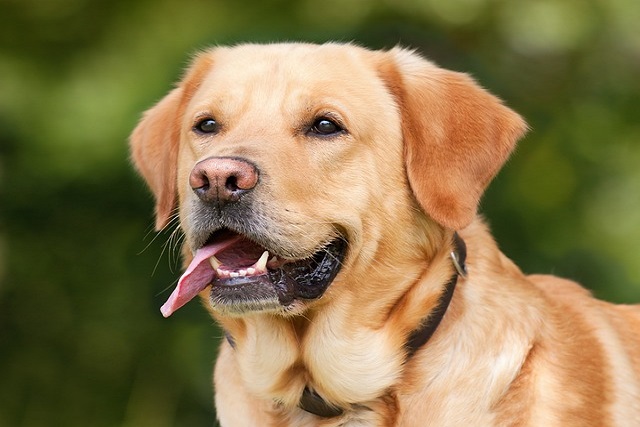
How do i train my dog to be obedient?
Watching your dog dart across the park ignoring your calls isn’t just frustrating—it can put them at risk near busy streets or public spaces.
You’re sipping coffee at a Seattle sidewalk café when your 12-week-old Dachshund, Luna, spots a man in a hoodie. She freezes, hackles raised, then erupts in frantic barking. This isn’t rebellion—it’s a flashing sign her critical socialization window is slamming shut. Between 3-16 weeks, puppies’ brains are neuroplastic sponges, wiring lifelong reactions to the world. Miss this period, and fear of strangers, noises, or other dogs can cement permanently. But dragging Luna into overwhelming crowds? That backfires spectacularly. The art lies in structured positive exposure—micro-dosing novelty with joy.
Start the moment Luna arrives home. Since unvaccinated pups are parvo-vulnerable, carry her to low-risk zones: your apartment lobby, a quiet park bench, or a friend’s fenced yard. Sit 15 feet from pedestrian traffic, letting her observe bikes, strollers, or umbrellas from safety. Each time she notices a "scary" stimulus, rain chicken bits like confetti. This counter-conditioning rewires her brain: Mail carrier = tasty chicken! By 10 weeks, introduce one new experience daily: Invite your helmet-wearing neighbor over, having them ignore Luna until she approaches calmly. Reward curious sniffs with high-value cheese. Progress to playdates with gentle, vaccinated dogs—perhaps your coworker’s mellow Lab in a neutral backyard.
Legally, you can’t skip health basics. Before group classes or busy parks, Luna needs her DHPP shots (required nationwide) and rabies vaccine (mandatory by 16 weeks in states like Florida). Never let excitement override cleanup duty—forgetting waste bags during a socialization walk in Boston’s Public Garden risks a $300 fine. Culturally, force is forbidden. If Luna cowers from a skateboard, scoop her up—don’t "wait it out." Flooding a terrified pup violates animal welfare norms; Sweden’s Animal Welfare Act even bans exposing dogs to prolonged distress. Socialization is consent-based.

Apartment hurdles? Master elevator diplomacy. Start at off-peak hours: Ride empty cars first, scattering kibble as doors ding. Gradually add one calm neighbor, rewarding Luna for sitting quietly. Noise-sensitive pups thrive on "sound therapy": Play Spotify construction playlists softly during naps, increasing volume weekly. Community etiquette tip: Avoid lobby greetings during rush hour—overzealous "hello!" jumps teach leash-pulling. Instead, practice "sit and watch" as neighbors pass.
Around 14 weeks, escalate mindfully: Visit pet-friendly hardware stores (Lowe’s is ideal), rewarding calm behavior near shopping carts. Walk past (not through) farmers’ markets, pairing crowd murmurs with steak bites. Practice handling drills daily: Massage paws during peanut butter lick sessions—crucial for stress-free vet exams.
The golden rule? Socialization isn’t checkbox tourism. It’s building positive associations. If Luna panics at a vacuum, don’t push closer. Retreat instantly—reset at a distance where she feels safe. End every session with victory: one tail wag at a new sound, one relaxed sniff at a novel shoe. By 5 months, you’ll have a pup who greets hoodies with wiggles, not woofs—because you nurtured courage, not demanded it.

Watching your dog dart across the park ignoring your calls isn’t just frustrating—it can put them at risk near busy streets or public spaces.

New puppy owners often find themselves rushing to clean up accidents before they set in, and that’s where puppy pad training becomes a game-changer.

If you've noticed your dog's waistline disappearing and your veterinarian has mentioned those few extra pounds, your first instinct might be to simply reduce the amount of food in their bowl.

Training a dog to use a designated spot indoors isn’t as daunting as many new owners fear, but it does take consistency and an understanding of your pet’s needs.

That moment of dread on a walk is all too familiar for many new dog owners. You see another dog approaching down the sidewalk of your neighborhood

If the sight of another dog on your neighborhood walk makes your heart sink as your own dog erupts into a frenzy of barking and lunging, you're not alone.